They’re big and fluffy, they’ll spit on you … and their nanobodies could help you stay healthy during the pandemic.
In a recent study, University of Minnesota researchers found that llama nanobodies have the potential to treat COVID-19 infections in humans. Llama nanobodies, which are similar to antibodies in humans, can attach to and fight the virus in a different way. The llama nanobodies are also more cost-effective to store and ship around the world than some conventional antibody treatments.
“Llama antibodies, nanobodies as we call them, are unique in that they can get parts of the COVID-19 spike protein that human antibodies cannot,” said Aaron Lebeau, one of the lead researchers and University of Wisconsin-Madison professor. “So these little camelid nanobodies can basically go where human antibodies cannot.”
Llamas, along with alpacas and camels, are camelids, which are one of the only species in the world to have these nanobodies, Lebeau said.
“How the antibodies bind is completely different, and the physical structure of the antibody is very different,” Lebeau said. “When a human antibody binds to the coronavirus, it’s kind of like a hand grabbing you — it’s a flat surface. Nanobodies are more like little arrowheads that get stuck.”
So far, researchers have tested these nanobodies, named Nanosota-1 after the state of Minnesota, on mice and hamsters. Results suggest it could be used as a therapeutic treatment for COVID-19 infection in humans, said Fang Li, lead researcher and University veterinary and biomedical sciences professor in an email to the Minnesota Daily.
“In both animal models, receiving Nanosota-1 before COVID-19 infection prevented the animals from developing clinical signs of infection, while receiving Nanosota-1after COVID-19 infection significantly reduced symptoms of infection,” Li said.
Compared to conventional antibodies, Nanosota-1 is more cost-effective because it is stable over a wide range of temperatures, Li said. This means they can be stored and transported at lower costs, which, given the scale of the pandemic, is an important factor for COVID-19 therapeutics.
“That makes it easier to administer all over the world,” Lebeau said. “Certain areas of the world don’t have a power supply to keep the vaccine at minus 80 [degrees Celsius] and that’s where treatments like this can be used potentially in the acute setting to treat infection.”
These nanobodies are also unique because they are small enough to aerolize, which could allow the treatment to be administered through an inhaler that would coat nasal passages, Lebeau said.
Researchers began by removing nanobodies from llama spleens and isolating them in a tube, Lebeau said. Researchers then identified the nanobodies that could potentially treat COVID-19, a process that took several months.
“It’s called antibody phage display … it’s a method for rapidly identifying antibodies against pathogens or protein targets,” Lebeau said. “Normally, it’d take me a few years to make a drug like that, but we did it in a few months.”
The researchers have also been in contact with pharmaceutical companies that have the capacity to test therapeutics like Nanosota-1 in humans, Li said.
“Antibody drugs, including both conventional antibodies and nanobodies are good therapeutics because they are effective and they cause few side effects,” Li said. “For people who are being infected for whatever reason, therapeutics can help save lives and alleviate symptoms.”
Research on these llama nanobodies may also be effective against other variants of COVID-19, Lebeau said.
“So, we may not use these against COVID-19, but there’ll probably be a COVID-20 or something fairly soon like that because we can never get rid of Coronavirus,” Lebeau said. “It’s just a matter of time before new viruses jump from bats to humans.”










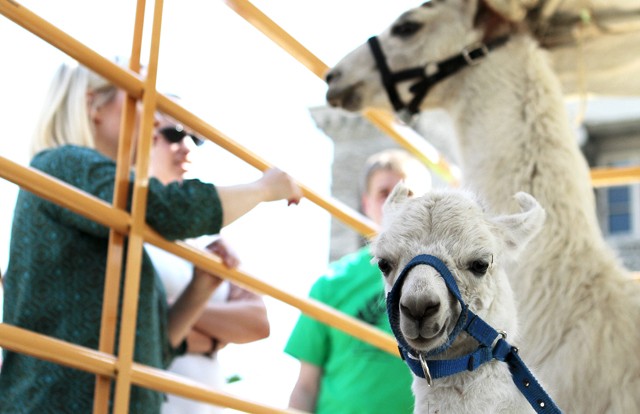

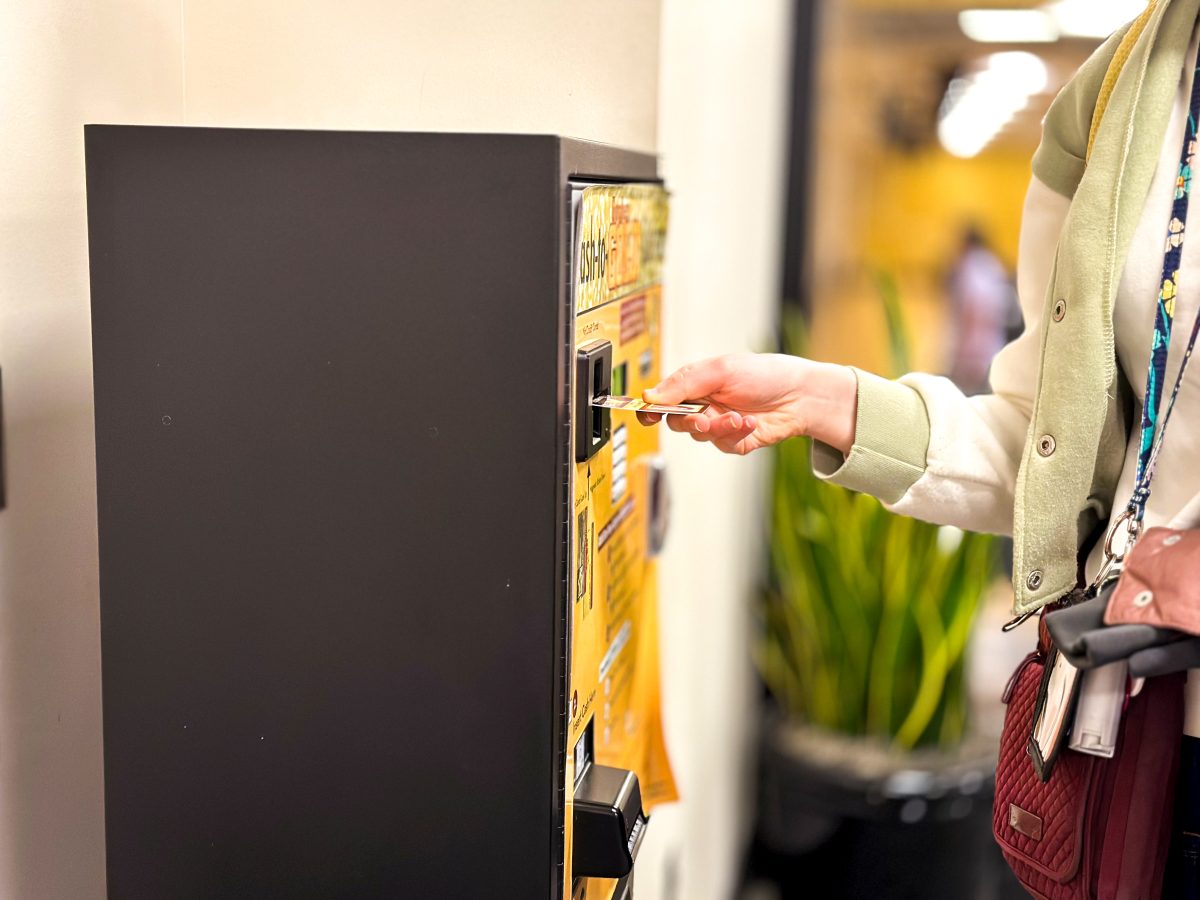

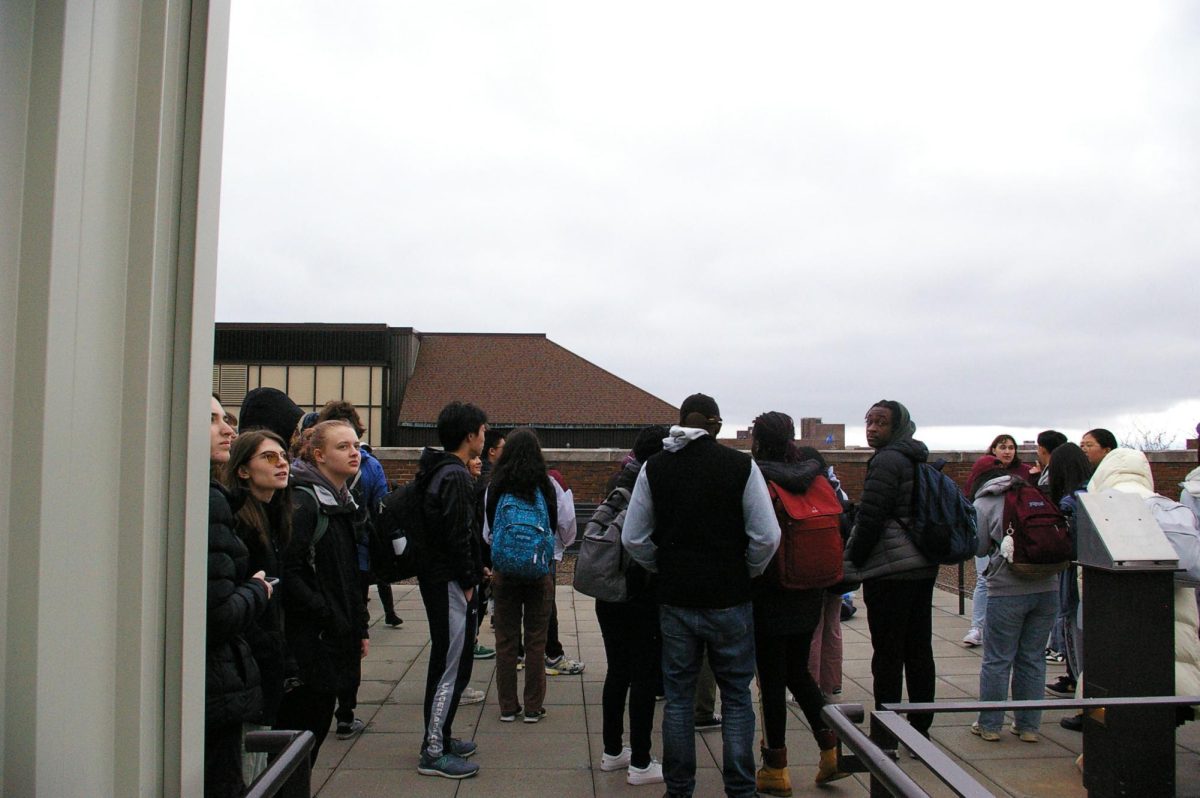
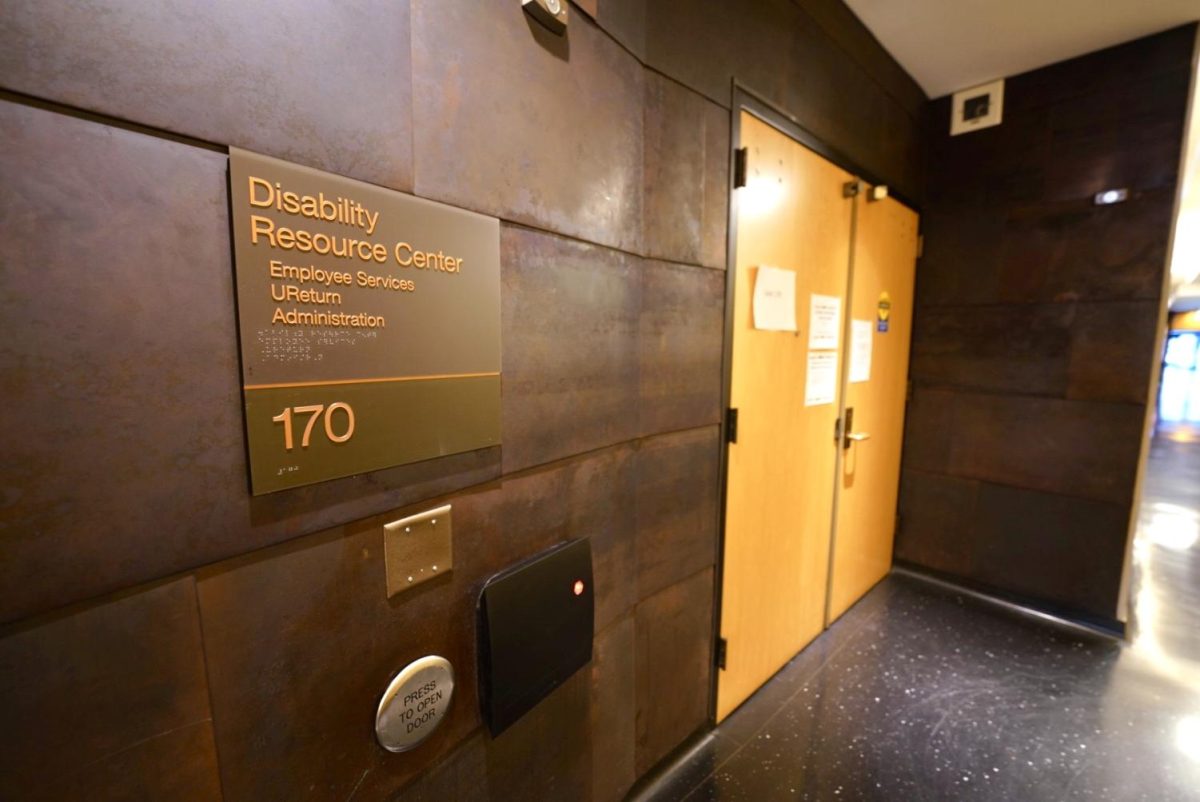
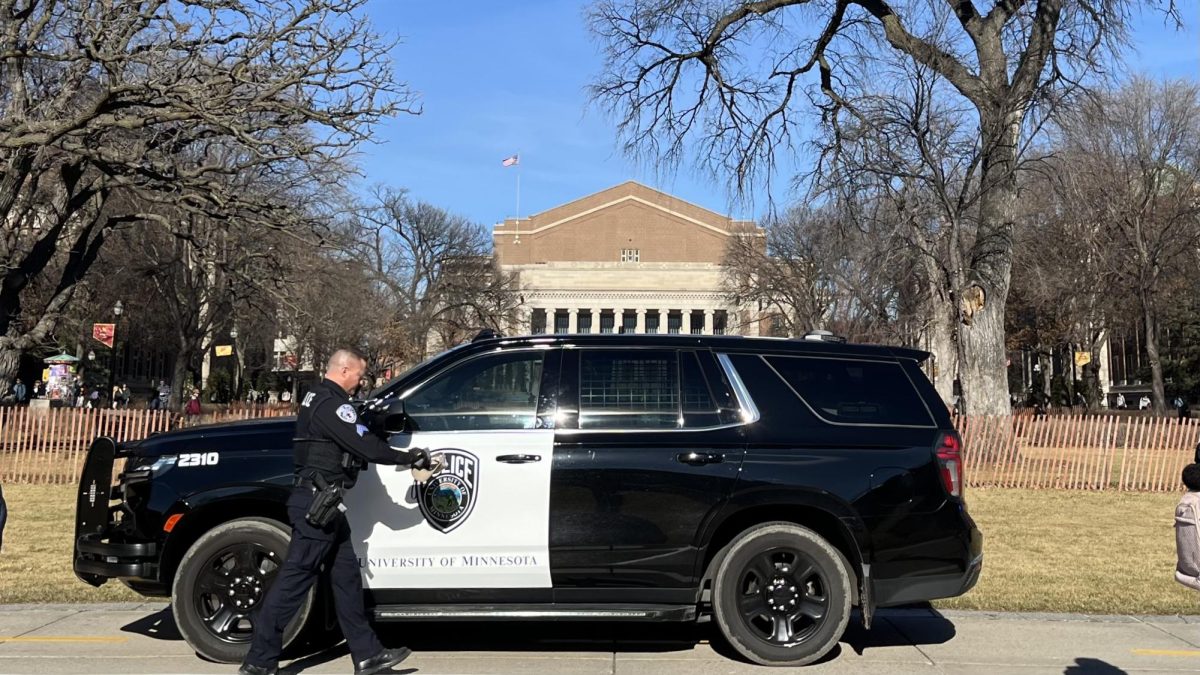









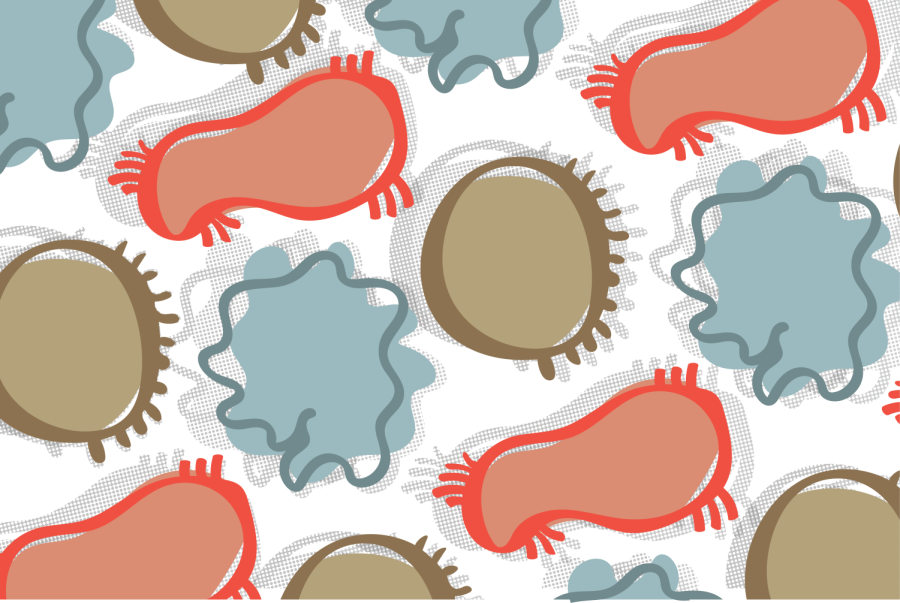
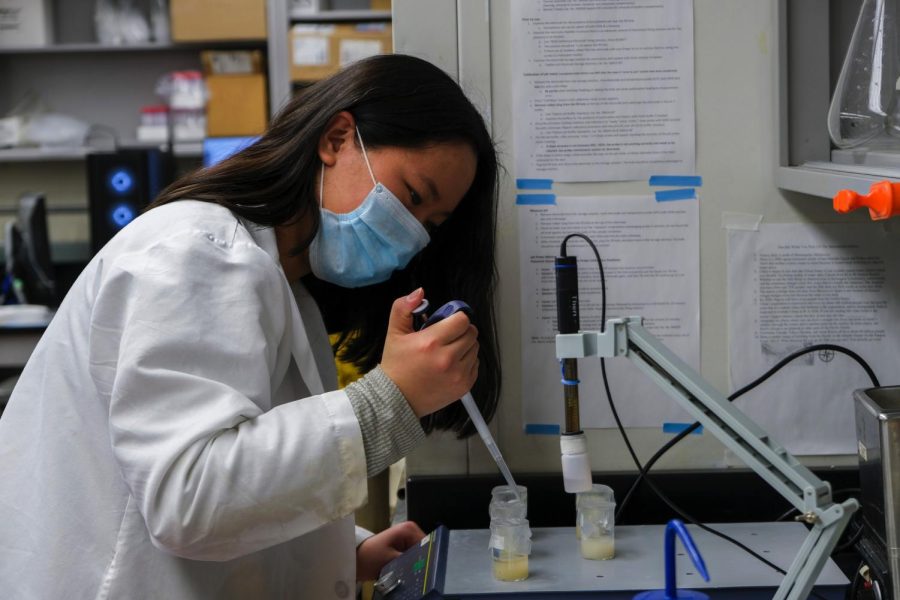


disqus_waHsvkzU5N
Sep 18, 2021 at 3:02 pm
This is great news…but why do they think they may not be used against COVID-19 (last paragraph)? This needs to be tested on human patients ASAP.
Susan Gainen
Sep 17, 2021 at 4:00 pm
As a friend of LLLamas (their spelling from my book) I can say that my pals are thrilled that their LLama cousins are leading the therapeutic parade. Three cheers for Nanosota-1!!